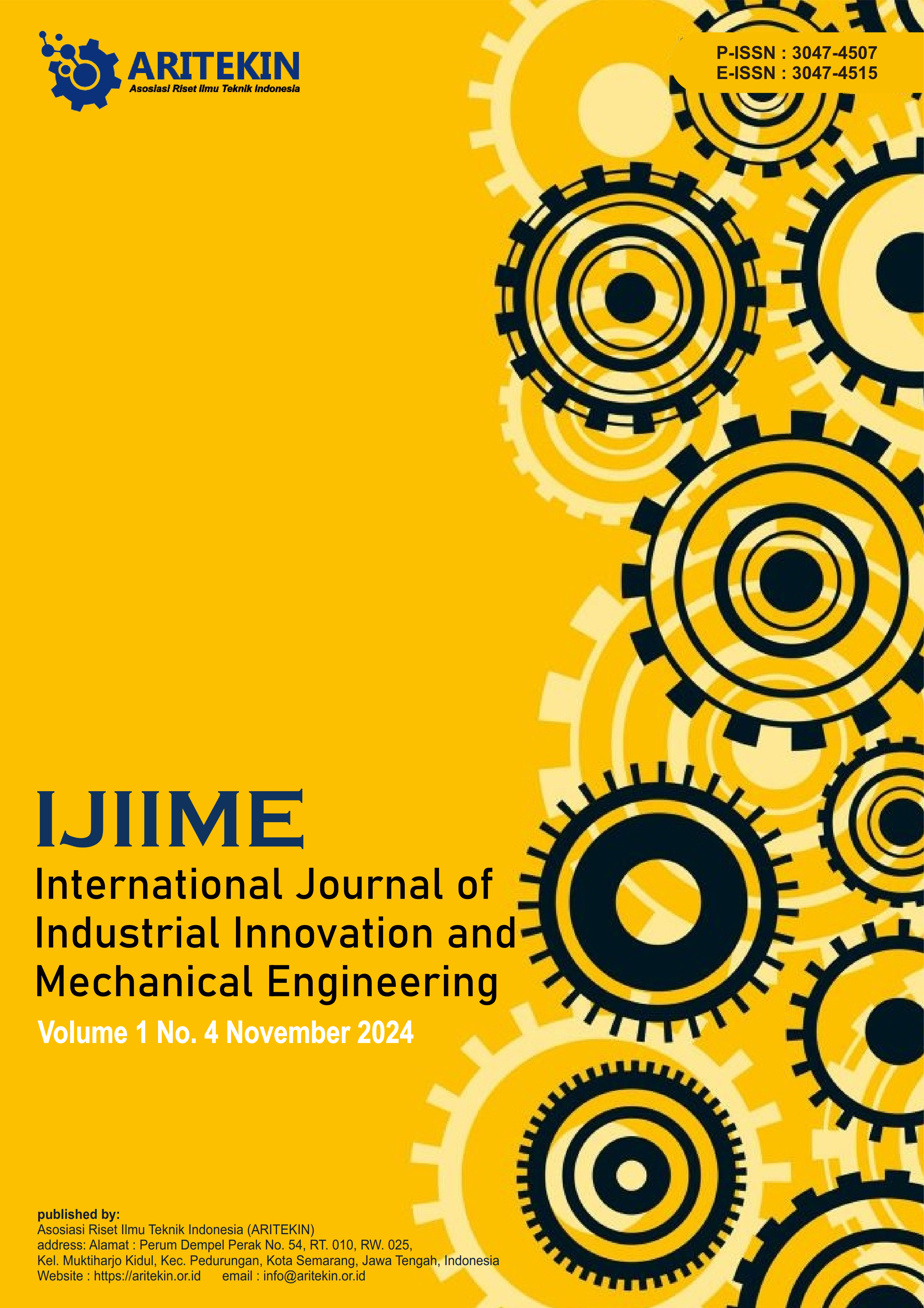Trends and Challenges of Implementing Innovative Bio-Based Construction Materials for Green Infrastructure
DOI:
https://doi.org/10.61132/ijiime.v1i4.300Keywords:
Eco-Friendly Construction, Green Infrastructure, Sustainable MaterialsAbstract
The construction industry is one of the sectors that has a significant impact on environmental damage due to high energy consumption, exploitation of natural resources, and carbon emissions. In response to these challenges, this study aims to analyze the potential for implementing sustainable construction materials to support the development of green infrastructure. Using qualitative methods through literature studies, documentation, observation, and in-depth interviews, this study evaluates the advantages, challenges, and economic and environmental impacts of various innovative materials, such as foam glass, green wall systems, bamboo composites, eco-cement, and mycelium-based blocks. The results show that these materials are able to reduce carbon emissions, increase building energy efficiency, and offer long-term cost savings. Mycelium-based blocks, in particular, are recorded as the most effective material in reducing construction costs by up to 25% and CO₂ emissions by 250 kg per project. However, the implementation of sustainable materials in Indonesia still faces obstacles such as cost, material availability, and technical regulations. Therefore, synergy is needed between the government, academics, and industry in encouraging research, preparing technical standards, and public awareness campaigns to expand the adoption of environmentally friendly materials in the national construction sector.References
Abdullah, A.S., Essa, F.A., Panchal, H., Alawee, W.H., & Elsheikh, A.H. (2024). Enhancing the performance of tubular solar stills for water purification: A comprehensive review and comparative analysis of methodologies and materials. Results in Engineering, 21 , 101722. https://doi.org/10.1016/j.rineng.2023.101722
Giesekam, J., Barrett, J., & Taylor, P. (2014). The greenhouse gas emissions and mitigation options for materials in the UK construction sector. Journal of Cleaner Production, 73 , 11–23. https://doi.org/10.1016/j.jclepro.2013.11.045
Hu, Y., Wang, J., & Wang, X. (2021). Application of green building materials in the field of construction and sustainable development. E3S Web of Conferences, 308 , 01001. https://doi.org/10.1051/e3sconf/202130801001
Jones, M., & Brancart, S. (2020). Mycelium-based composites for sustainable construction applications: A review. Construction and Building Materials, 252 , 119077. https://doi.org/10.1016/j.conbuildmat.2020.119077
Pulselli, R.M., Simoncini, E., Pulselli, F.M., & Bastianoni, S. (2007). Emergy analysis of building manufacturing, maintenance and use: Em-building indices to evaluate housing sustainability. Energy and Buildings, 39 (5), 620–628. https://doi.org/10.1016/j.enbuild.2006.10.004
Sumerli, CH, & Wulan, KT (2024). Innovation in Sustainable Construction Materials in Green Infrastructure Development. Research of Scientia Naturalis, 1 (3), 144–153. https://doi.org/10.70177/scientia.v1i3.1570
Umar, UA, Khamidi, MF, & Tukur, H. (2012). Sustainable building materials for green building construction, conservation and refurbishing. Management in Construction Research Association (MiCRA) Postgraduate Conference . https://www.researchgate.net/publication/233996708
Wang, J., Liu, J., & Yu, H. (2010). Filter paper with selective absorption and separation of liquids that differ in surface tension. ACS Applied Materials & Interfaces, 2 (3), 677–683. https://doi.org/10.1021/am900830y
Downloads
Published
How to Cite
Issue
Section
License
Copyright (c) 2024 International Journal of Industrial Innovation and Mechanical Engineering

This work is licensed under a Creative Commons Attribution-ShareAlike 4.0 International License.





